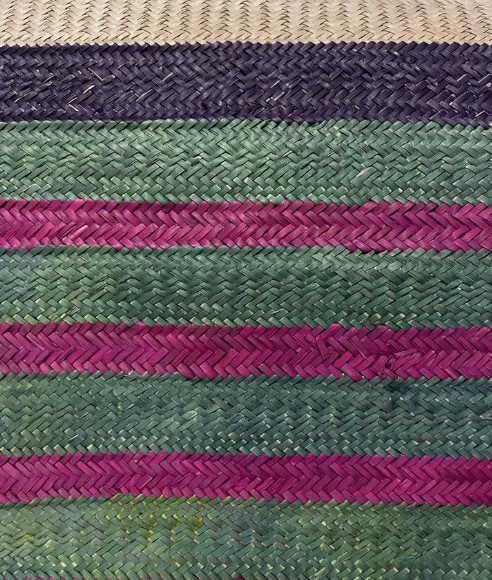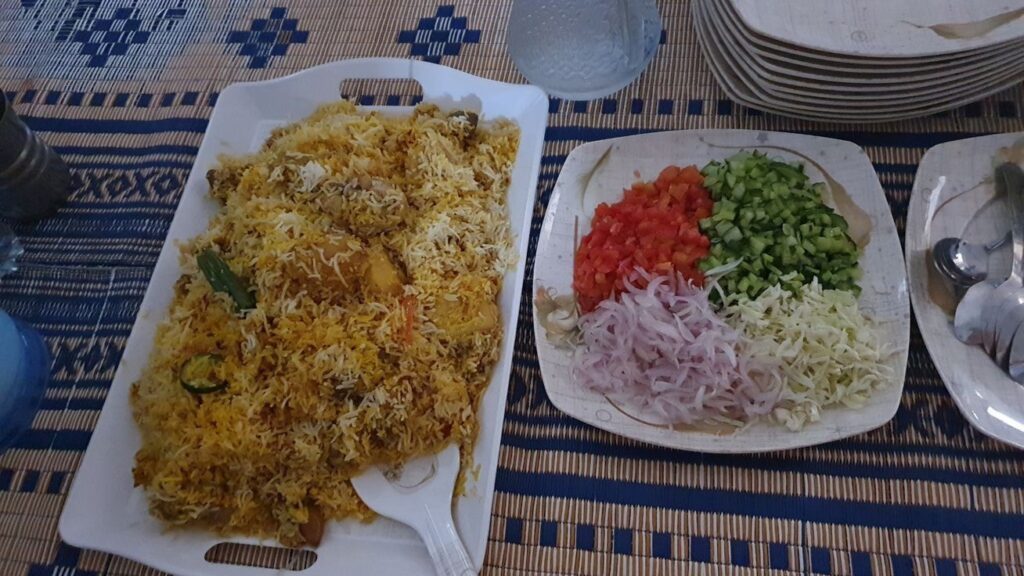When it comes to Tanzanian dining traditions, the Jamvi holds a central and symbolic role. The Jamvi is not just a woven mat; it is a space of togetherness, respect, and cultural preservation. This tradition, rich in history and meaning, transforms a simple meal into a profound communal experience.
What is the Jamvi?

The Jamvi, also known as the mkeka wa milala, is a traditional mat made of local materials, often woven by hand. In Tanzanian households, the Jamvi serves as the centerpiece for communal meals. It is laid out carefully, symbolizing a sacred space where family and friends gather to share food and stories. Sitting on the Jamvi during meals fosters a sense of equality and respect, where the act of dining is elevated to a ritual of togetherness.
The Etiquette of Eating on a Jamvi

Dining on a Jamvi comes with its own set of rules and customs, which are deeply rooted in Tanzanian culture. These traditions reflect values of respect, cleanliness, and unity.
Here are some key practices:
- Handwashing Ritual: Before sitting on the Jamvi, guests wash their hands with water poured from a communal jug, symbolizing purity and readiness to partake in the meal.
- Seating Arrangement: Family members and guests sit cross-legged around the Jamvi. Elders are typically served first as a mark of respect, while children are taught to observe and honor these traditions.
- Eating with the Right Hand: Tanzanian culture places great emphasis on using the right hand for eating, as it is considered clean and respectful. This practice underscores the importance of mindfulness during meals.
- Silent Gratitude: Before eating, there is often a moment of silence or prayer, expressing gratitude for the food and the company.
The Artistic Presentation of Food
One of the most captivating aspects of Jamvi traditions is the care given to food presentation. Meals are served in colorful bowls and plates, arranged in an aesthetically pleasing manner. The vibrant dishes, often a mix of rice, stews, grilled meats, and fresh vegetables, reflect the diversity and richness of Tanzanian cuisine. This attention to detail demonstrates the artistry inherent in everyday life.
The Cultural Significance
The Jamvi is more than a dining mat; it is a symbol of unity and cultural identity. By gathering on the Jamvi, families pass down traditions, stories, and values to younger generations. It becomes a space where lessons are taught, bonds are strengthened, and the heritage of Tanzanian communities is preserved.
In a world that is becoming increasingly fast-paced, the Jamvi reminds us to slow down and appreciate the simple joys of sharing a meal with loved ones. It is a tradition that exemplifies how food and culture intertwine to create meaningful connections.
Preserving Jamvi Traditions in Modern Times
As modernization spreads across Tanzania, the Jamvi tradition faces the risk of being overshadowed by dining tables and chairs. However, many households and communities continue to embrace the Jamvi, ensuring its survival as a cornerstone of Tanzanian identity. Efforts to celebrate and document these traditions, like this project, help to keep the Jamvi alive for future generations.

The Jamvi is a testament to the beauty of Tanzanian culture, where even the act of eating is infused with artistry, respect, and community. Whether you are a visitor or a local, embracing the Jamvi tradition is an invitation to experience the heart of Tanzanian hospitality and heritage.
Explore More
Want to delve deeper into Swahili dining traditions? Read more stories from Chapter IV: SAHANI!

Leave a Reply